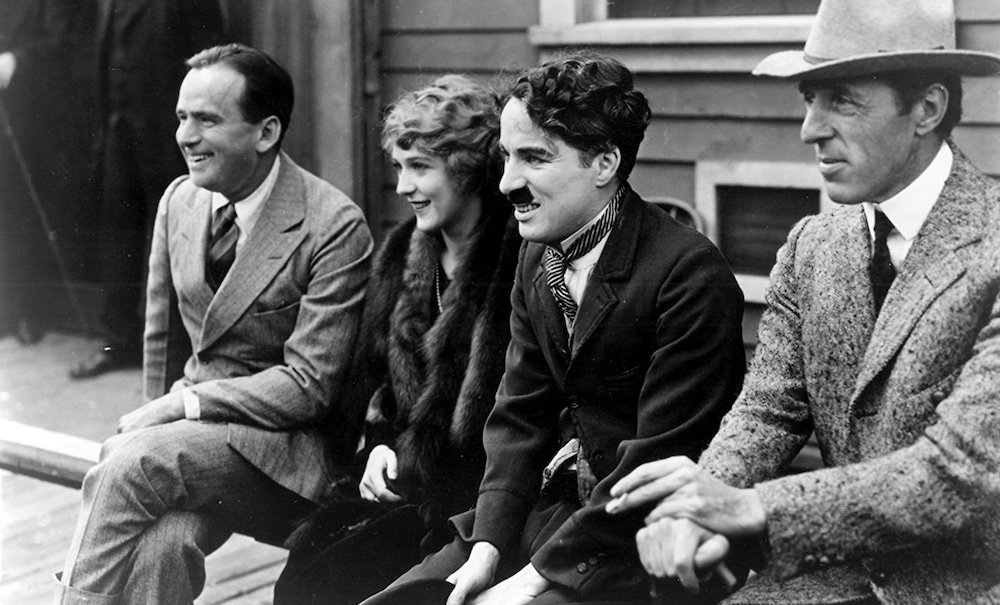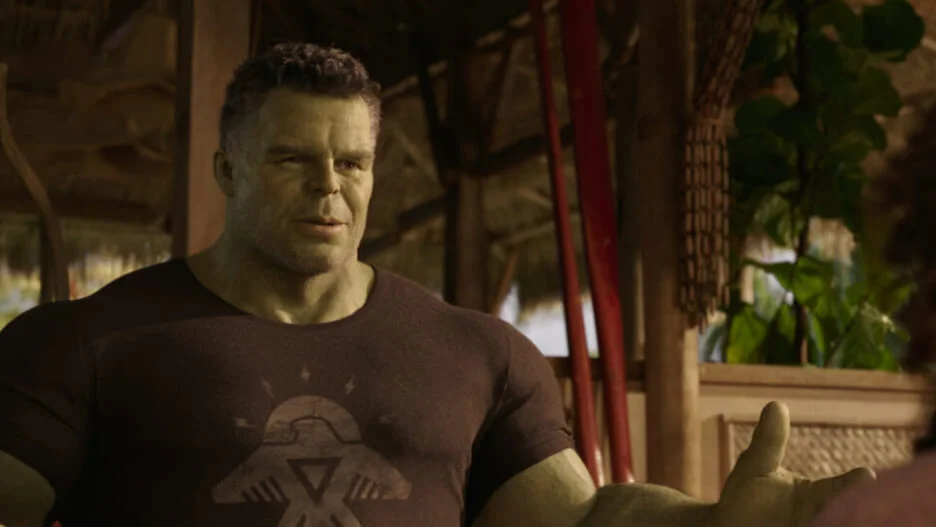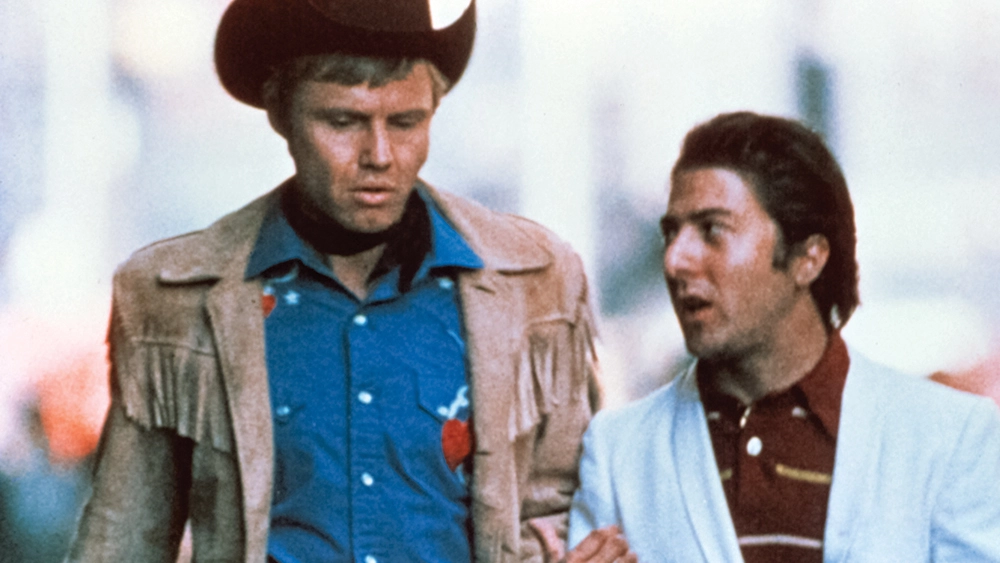
“The trades called it a ‘rebellion against established producing and distributing arrangements’ […but] the filmmakers claimed [the move] was necessary to protect their own interests as well as to ‘protect the exhibitor and the industry from itself.’”
“[The company] would be created not by ‘moguls’ or bankers but by artists, by movie talent […] the partners hoped the new enterprise would guarantee them both artistic control and improved profits. An unprecedented declaration of independence by Hollywood’s top talent, it was a business venture, but […] it was one rooted in artistic idealism too.”
“How about we all jump into indies now? Content creators create a film & TV-making system alongside the studio & streaming networks? So there is actual competition […] Then we just do what we always do—create great content & they can buy it, or we take it out ourselves & WE share in those sales. They’ve created an empire of billionaires & believe that we are no longer of value. While they hang out in the billionaire boy summer camps laughing like fat cats, we organize a new world for workers.”
Those three quotes span about a century of Hollywood history. The first is from Gaylyn Studlar, the director of the Program in Film & Media Studies at Washington University in St. Louis. The second is a bit of history found on The Mary Pickford Foundation’s website.
Both are talking about the formation of United Artists, that once-storied studio originally created by first generation Hollywood luminaries Mary Pickford, Charlie Chaplin, D.W. Griffith, and Douglas Fairbanks. The impetus behind these early A-listers literally seizing “the means of production” wasn’t a strike – the formation of both SAG and the DGA was more than a decade away at that point. Rather, it came from a realization on how their growing celebrityhood was being used to create additional studio profits that they weren’t sharing in.
If any of that should sound familiar…

As Studlar explains, “as Hollywood corporatized with vertical integration linking production to distribution to theatrical exhibition, the studios depended on ‘block booking,’ which forced movie theater exhibitors to take groups of films — sight unseen, titles unknown. Pickford learned that her spectacularly popular films were used by Famous Players-Lasky and then First National to force theater managers to commit to these large packages of films. Pickford had enough of letting a major studio profit in the millions from her popularity and even sell inferior films with it.”
Many decades later, that same general strategy would be used to make cable TV profitable by “bundling,” from cable providers – one of which grew so prosperous it was able to buy Universal Pictures and NBC – giving you a package that included the handful of networks you really wanted, say, ESPN, FX, AMC, Cartoon Network and CNN (once upon a time, at least), and making you subscribe to a whole menu of outlets you never watched. That was why the “buffet” model, allowing subscribers to simply pick and choose which networks they wanted to pay for, was so vigorously opposed by all those vending cable packages.
But then came our era of connectivity and cord-cutting, and general resistance to incessantly rising prices for all this alleged entertainment, and now, we have a certain version of “buffet” viewing after all, except that many choices – you want to watch 1923? Andor? Poker Face? Succession? – continually require you to subscribe to that “one more streaming service.”
We might cue the conversation about audience “churn” here, as a means of household budgeting survival in the face of endless channel offerings, but let’s save that for down the road, when we see how much audience or viewership is retained in the wake of the walkouts and the inevitable, upcoming Hollywood reconfigurations, once a settlement settles.
Meanwhile, this brings us to the third quote up top. It came recently from Mark Ruffalo, courtesy of his Elon-be-damned Twitter account. The robust presence of ampersands in the quote may have tipped it as being from the era of Tweets, rather than flappers.
“One sure way to strengthen our hand right now,” Ruffalo continued in his thread, “is to become very supportive & friendly to all independent projects immediately. Push every SAG-AFTRA member to join the ones that get SAG-AFTRA (WGA) WAIVERS immediately. The studios have no competition—this will change that.”
He was referring to the slew of independent films, some 39 as of this writing, including a pair from A24, that were granted waivers to proceed, with the understanding that said productions will abide retroactively by whatever SAG-AFTRA agreement is eventually reached.

Some actors, however, like Bob Odenkirk, have called on fellow thespians to not even work on “waived” productions. “’It’s a strike. Be on strike,” he said, as EW reported. “Sometimes you have to do the hard thing,” His comments, by the way, came as he was picketing in front of Paramount studios, which is what the Pickford-era Famous Players-Lasky eventually became.
Meanwhile, Ruffalo added to his particular vision: “Share profits. If the project does well, everyone does well. This will also help our fellow filmmakers “The Crew,” who we love, to keep working. This is also part of #Solidarity. We have to take care of each other.”
It’s an admirable vision, though how creatives get to a point where they can divvy up the pie with such expanded egalitarian thoroughness – including, it would seem, to individual crew members – without also controlling some means of distribution, seems a fairly fundfamental question.
Even United Artists – which according to Studlar, may have been mostly Pickford’s idea all along (if you’re looking for a bit of feminist history to unearth) – was originally set up, as the other studios were, to distribute its own product: “Many years after the founding of United Artists, [Pickford] suggested this radical venture had been her brainchild. The company would distribute the films of independent producers, including those of the four partners. Block booking was banned. Each film distributed by UA would sink or swim on its own.”
UA swam for a long time, ranging all the way with classics from the silent era like the original Thief of Baghdad, and Buster Keaton’s The General, and Chaplin’s The Gold Rush, to producing or distributing those in the 30s and 40s such as The Front Page, Stagecoach, Scarface, and The Great Dictator, to – long after the founders’ era, when it had become more of a producing entity than a physical “studio” – movies like The Apartment and West Side Story in the 60s, Oscars for Midnight Cowboy and In the Heat of the Night, along with the launch of the James Bond series, and the American versions of Sergio Leone’s Dollars trilogy, and so much more.

There seemed to be a certain culture set in motion, about the kinds of material UA would risk producing. And since art – which this whole thing still ultimately is, despite all the attempts to quantify it – is supposed to entail at least some risk (else, you need to ask yourself why you’re really doing it in the first place) that perhaps makes sense, given who launched it.
Eventually, United Artists got folded into MGM – which had also become a landless, legacy studio – and MGM, as readers know, was recently bought by Jeff Bezos, and is now part of Amazon. Amazon Studios being, of course, one of those streamers with its own distribution system built around the kinds of screens you’re reading this on now. And also a part of the AMPTP.
What Pickford, and her marquee male partners (she would famously marry Fairbanks shortly after UA’s founding, but like so much in Hollywood, it didn’t last) would make of their own studio’s eventual trajectory, and its absorption by one of the planet’s richest men, is unknown.
But it shows how much work would be involved in realizing even part of Ruffalo’s vision. I wonder if he has at least three other creative partners lined up to get something launched?
 Mark London Williams is a BTL alum who currently covers Hollywood and its contents and discontents in his recurring “Across the Pond” dispatch for British Cinematographer magazine, contributes to other showbiz and production-minded sites, and musters out the occasional zombie, pandemic-themed, or demon-tinged book and script, causing an increased blurring in terms of what still feels like “fiction.”
Mark London Williams is a BTL alum who currently covers Hollywood and its contents and discontents in his recurring “Across the Pond” dispatch for British Cinematographer magazine, contributes to other showbiz and production-minded sites, and musters out the occasional zombie, pandemic-themed, or demon-tinged book and script, causing an increased blurring in terms of what still feels like “fiction.”
Mark’s Union Roundup column will appear regularly, and he welcomes both tips and feedback at [email protected]. He can also be found on Twitter @TricksterInk.





